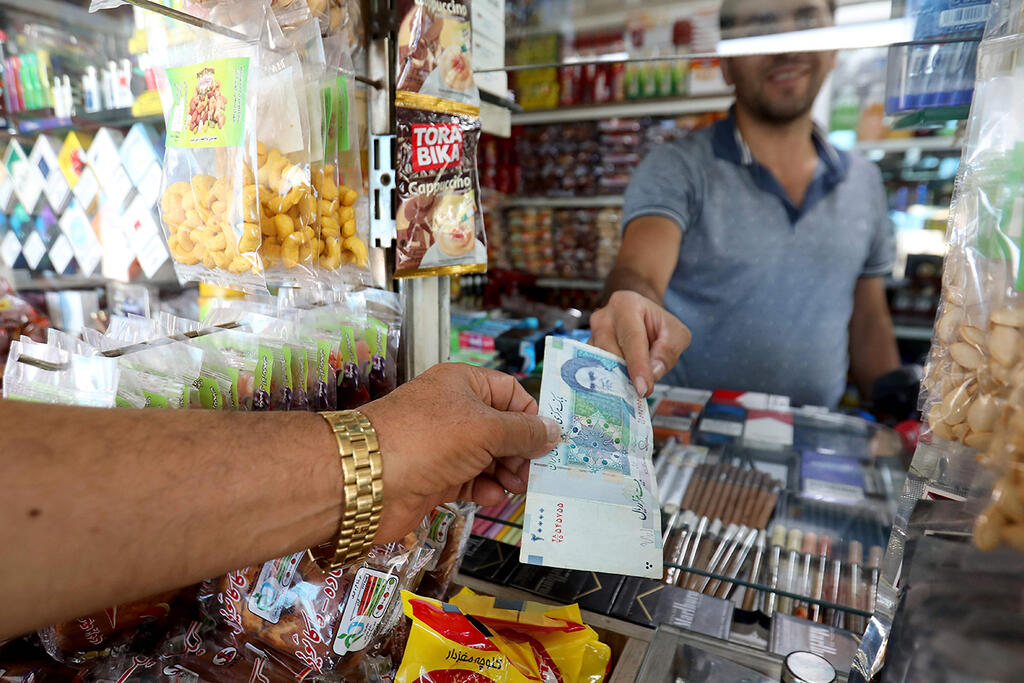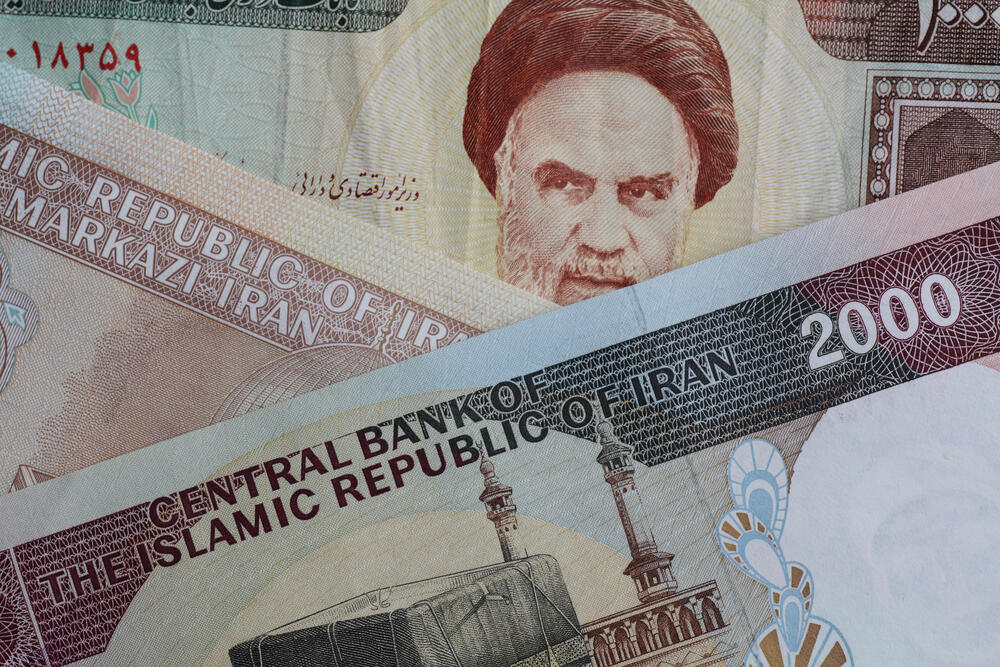Getting your Trinity Audio player ready...
In the aftermath of the failed attack on Israel, the Iranian rial saw a significant plunge in its value. Despite not being officially recognized for trade in Iran and being categorized as "an undesirable currency," the U.S. dollar's value stands at slightly less than 705,000 (!) Iranian rial, showing signs of recovery. As a point of interest, as of October 6th, the dollar's worth on the black market was pegged at around 498,000 Iranian rials.
In spite of this, Iranians who are financially capable and cautious to avoid detection continue to trade in the black market dollars or gold. The Iranian citizen, particularly those who are not associated with the country's security apparatus, the Revolutionary Guards, and the Quds Force, have found themselves shouldering an additional economic burden. This comes in the wake of the assault on the Iranian consulate in Damascus two weeks ago and the subsequent killing of General Reza Zahedi, who commanded the Quds Force in Syria and Lebanon.
Those who benefit from a comparatively high and steady income, and who opt for delayed payment and trade methods, differ significantly from the average citizen. One prevalent practice is that retirees from the Revolutionary Guards and Quds Force receive trading licenses with concessions in Gulf countries, Turkey, and Lebanon. They then relocate to these countries to enjoy a higher quality of life.
Over the past four months, the Iranian rial has seen a dramatic depreciation in the free market. This free-fall coincides with Iran grappling with severe inflation, now hitting a high of over 40%. Currently, one Euro, a sought-after currency in Iran, equals 630,500 rials. International economists draw a direct correlation between the overseas operations of the Revolutionary Guards and the Quds Force and the deterioration of the domestic currency.
Despite these market realities, Iran's Central Bank refuses to acknowledge black market exchange rates. It persists in recognizing the low rial rate of 450,000 per dollar as the official rate, while simultaneously blocking citizens from executing currency exchanges. The Central Bank officials maintain their stance, stating it is "impossible" to perform such conversions and have stopped official money transfers. All forms of overseas money transfers have been completely prohibited.
Despite the ongoing crisis, government economists keep assuring that the issues with the domestic currency will soon "be resolved". Dina and Muhammad, university graduates who jointly run a business, express their predicament saying, "we were forced to shut down because we import goods and have no feasible means to convert the rial at such low rates."



